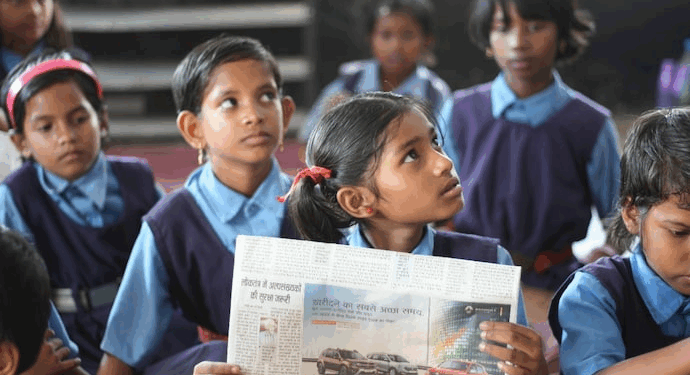Assam has recorded one of the highest school dropout rates in India for the academic year 2023–24, raising serious concerns about the state’s educational retention efforts despite multiple government schemes.
Union Minister of State for Education Jayanta Chaudhary, responding to a question in the Lok Sabha, cited data from the Unified District Information System for Education Plus (UDISE+), revealing that Assam had the second-highest dropout rate at the secondary level (25.1%), third-highest at the upper primary level (8.2%), and fourth-highest at the primary level (6.2%).
These figures stand well above the national averages of 14.1% for secondary, 5.2% for upper primary, and 1.9% for primary education, underscoring the urgency of the issue.
The data also shows a persistent trend over the past three academic years, with Assam consistently exceeding the national averages:
2022–23:
- Secondary: 29.5% (vs. national average of 16.4%)
- Upper Primary: 10.3% (vs. 8.1%)
- Primary: 8.5% (vs. 7.8%)
2021–22:
- Secondary: 20.25% (vs. 12.61%)
- Upper Primary: 8.82% (vs. 3.02%)
- Primary: 6.02% (vs. 1.45%)
By contrast, states such as Kerala, Tamil Nadu, and Delhi reported significantly lower dropout rates, highlighting the disparity in education outcomes across the country. The Assam government has implemented several interventions — including Gunotsav (a quality education initiative), free textbooks, mid-day meal schemes, and student scholarships — to reduce dropout rates. However, the latest figures suggest these measures may not be reaching the most vulnerable segments or addressing systemic challenges effectively.
Experts have pointed to factors such as economic hardship, migration, early marriage, and lack of access to secondary schools in remote areas as key contributors to the dropout problem, particularly at the secondary level.
The findings present a serious roadblock to the goals set under the National Education Policy (NEP) 2020, which aims for universal access to education up to Class 12. Education advocates are calling for targeted, community-specific strategies, better school infrastructure, and a robust tracking system to identify and support at-risk students.





